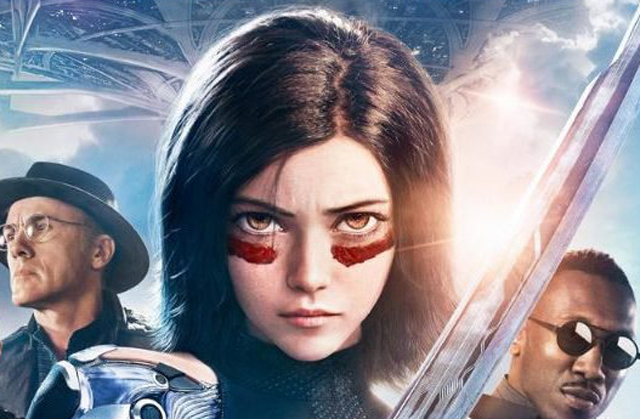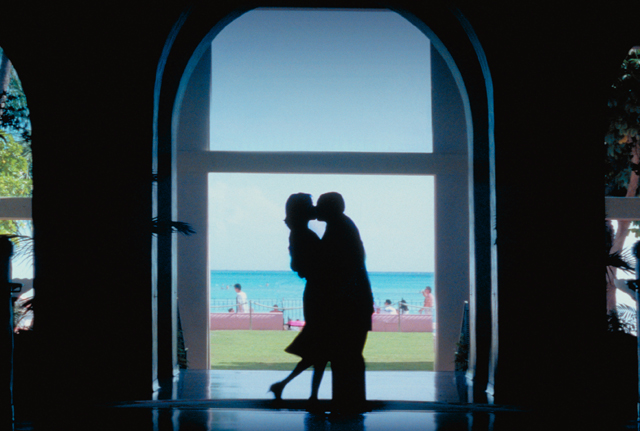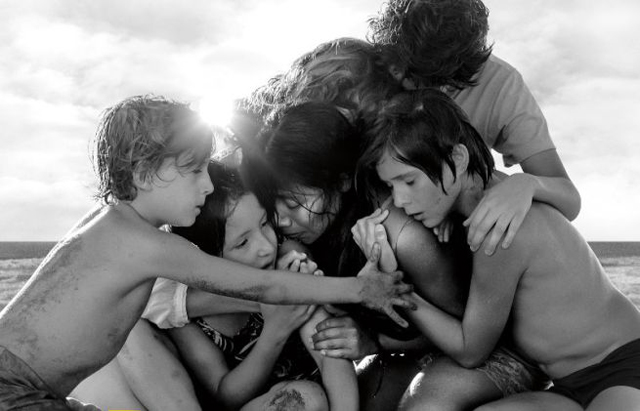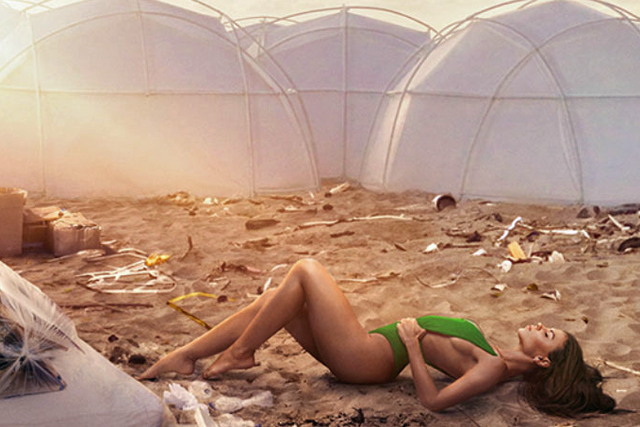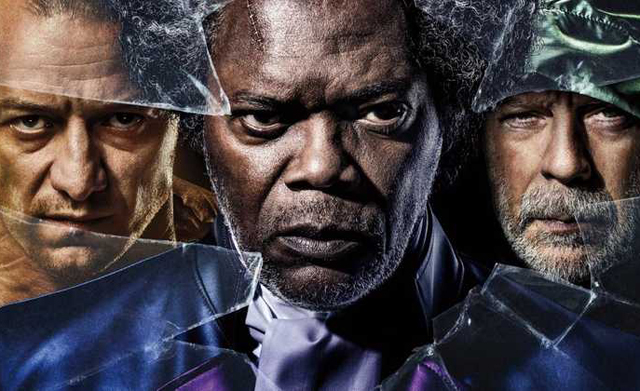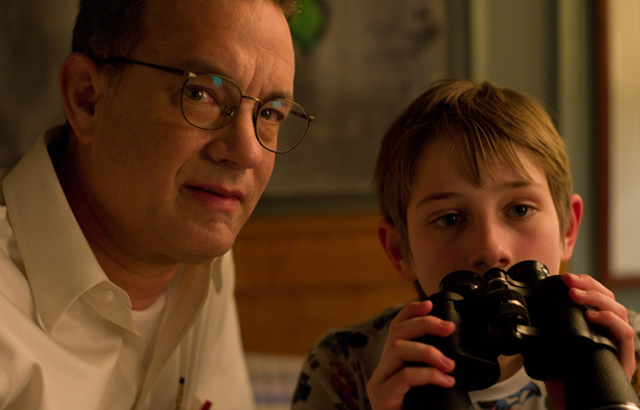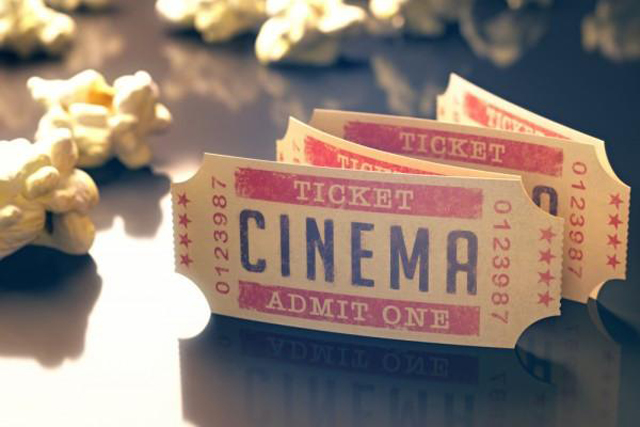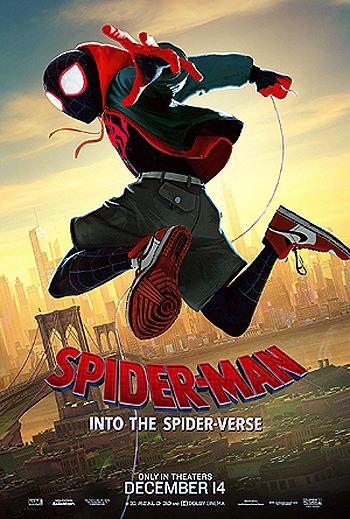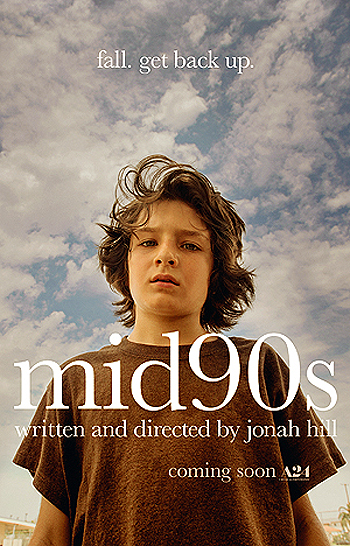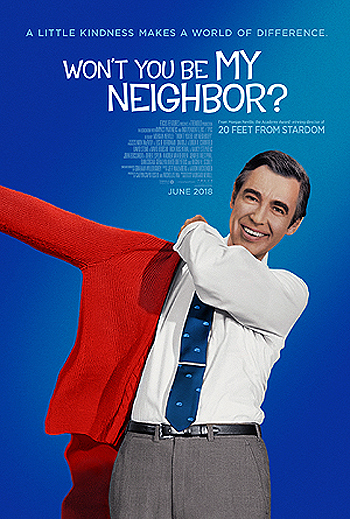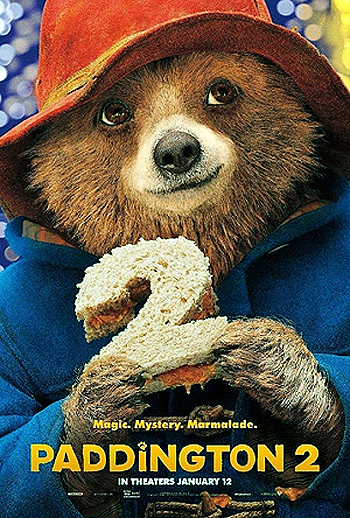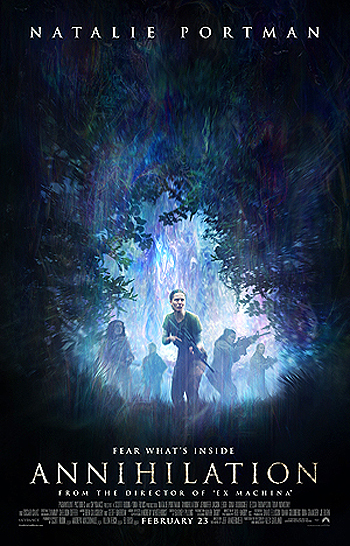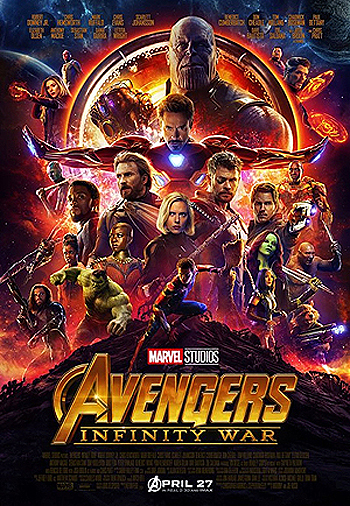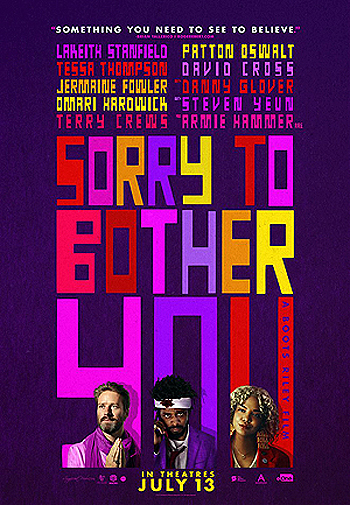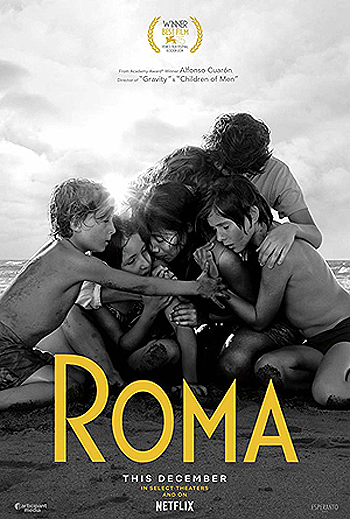
When Marvel Studios head Kevin Feige announced the ambitious plans for the third phase of the Marvel Cinematic Universe back in 2014, a few of the titles that stood out were ones that many people were hoping would change the field of Super hero movies forever, and as it turns out, they did. Last year’s Black Panther broke new ground on so many levels, becoming the studio’s highest grossing movie to date while also breaking down so many barriers for black filmmakers, and it even became the first Super Hero film to ever be nominated for Best Picture at the Academy Awards. In addition, you also saw other risks taken by Marvel in Phase 3 that established the order within their already established franchises, like Captain America: Civil War (2016) and Thor: Ragnarok (2017). And then came the mind-blowing conclusion of Avengers: Infinity War, which is one of the boldest moves ever taken by multi-billion dollar franchise and one that showed that the people at Marvel were not afraid to go to dark places with their movies. Now, as the Phase 3 plans begin to wrap themselves up, and lay the foundation for what comes next, we are now being given yet another important move on the part of Marvel to break new ground in both the MCU as well as in cinema in general. One of the many complaints that has come Marvel’s way throughout the year’s is the fact that up to now, none of their movies put the spotlight on a female super hero. Sure, there are characters like Scarlett Johansson’s Black Widow and Elizabeth Olson’s Scarlet Witch who are part of the Avengers team, but they’ve never had their own movie that focused just on them. But, now Marvel hopes to rectify this by bringing to the big screen their first Super Hero movie based around not just one of their most important heroines, but perhaps on of the most powerful characters in their entire gallery of heroes; the intergalactic Captain Marvel.
Captain Marvel has one of the more complicated origins in comic book history. Created by Stan Lee and Gene Colon back in 1967, the character’s first incarnation was actually male; an alien Kree soldier named Mar-Vell who was exiled to Earth after being branded a traitor by his home planet, and would later ally himself with the Avengers in their eventual battles against the Kree Empire. Mar-Vell’s origins would eventually be ret-conned many times, and the identity of Captain Marvel would actually pass on to many other people over the years. Eventually, the character of Carol Danvers was given the identity of Captain Marvel starting in 2012. Danvers, a Chuck Yaeger-style test pilot born and raised on Planet Earth, gave the character a distinctly feminine identity while still maintaining all the previous qualities that the character had established for itself over the decades prior. And with that, Marvel finally had an established character that could help give them the chance to finally have that long awaited film centered on a female super hero. Unfortunately, the movie has become the unfair target of online bigotry because of it’s intention to spotlight the character’s historic significance within the MCU. A coordinated attack on the film’s Rottentomatoes.com rating by many anti-feminist trolls tried to bring the overall score down by many false negative reviews, and it feels very reminiscent of a similar preemptive attack to undermine Black Panther’s chances of success from last year (which of course didn’t work and actually backfired). Actress Brie Larson has tried to stay above the noise surrounding this, though her dismissive comment about the opinions of “white male critics”, regardless of whether she’s right or not, was effectively like kicking a hornets nest, and has unfortunately cast a dark cloud of controversy over a movie that should have been judged without the taint of taking a side on the so-called “culture war.” Despite all what is going on outside of the movie itself, we now have a film that introduces this very important character to Marvel’s incredible universe, and it’s time to see once and for all if the wait was worth it, or if it’s a whole lot to do about nothing.
For the first time since Captain America: The First Avenger (2011), the MCU has rolled back the clock to a time in the past as the setting for it’s introduction of it’s hero. Although, this time, we are only going back 20 years, to the mid-1990’s. Carol Danvers (Brie Larson) lives on the Kree home planet of Hala, where she lives and trains with an elite band of inter-planetary special forces. She has no memory of her past life before her six years living with the Kree, nor how she gained her immense powers, and goes only by the name Vers. Her commander, Yon-Rogg (Jude Law) trains her to keep her powers and emotions in check, which she believes is essential to becoming a better fighter against the Kree’s mortal enemy; the shape-shifting Skrulls. Vers’ team travels on a mission to a Skrull home base, where they are to retrieve one of their spies before an air bombardment is deployed by Kree battleships, commanded by Ronan the Accuser (Lee Pace). However, they are ambushed and Vers is captured. The Skrulls use a machine to investigate Vers buried memories, where they discover the identity of a Dr. Wendy Lawson (Annette Benning), which is the same face that’s presented to Vers whenever she is communing with Supreme Intelligence, the AI commander of all Kree civilization. After Vers escapes the Skrulls, she ends up crash-landing on the nearby planet the Kree classify as C-35, known to us as Earth. There, she is intercepted by agents from S.H.I.E.L.D., including a still fresh on assignment Agent Nick Fury (Samuel L. Jackson) and his new cadet Phil Coulson (Clark Gregg). After the Kree find her and attempt to kill her, she teams up with a compliant Fury and the two set out to uncover what’s really going on regarding Dr. Lawson, her Project Pegasus, and how Vers is somehow connected to all that, with their only lead being a friend from Vers’ past life she can’t remember; Maria Lambeau (Lashana Lynch). All the while, they are still hunted by the Skrulls, lead by their General Talos (Ben Mendelsohn).
Taking the Marvel Cinematic Universe back in time to a different era I think was a smart move on the movies part, because it frees up the story to have it’s own identity seperate from what else is going on in the Marvel Cinematic Universe. There are brief references to other elements of the universe (Guardians of the Galaxy villain Ronan making an appearance for example) but for the most part, this is a story that stands on it’s own and for the most part, it works really well. I’ll say this, it’s not a particularly ground-breaking film in the way that Black Panther was, nor a game changer like Infinity War. It’s an origin story first and foremost and as far as those go within the MCU, this one is extremely effective. I especially like the fact that the movie doesn’t busy itself with having to watch Captain Marvel learn the ropes of Super Hero-dom in order to become who she was meant to be. From the moment the movie opens, she is already an established fighter who already is aware of the limits of her incredible powers. Instead, the movie works as an investigation into what she has lost in the process of gaining her powers, and how the things that are buried deep down inside of her is what really makes her a super hero, and not the cosmic energy that flows through her. The movie does a very fine job of unraveling this part of her story and it helps to break the film away from other like-minded Marvel origin stories. It also wisely avoids the fish-out-of-water trope that’s already been done before in other Marvel films, as Captain Marvel finds herself perfectly adept at carrying out her mission no matter what planet or time period she’s in. And this really helps to make it work on it’s own as a stand alone story. There’s no need to read up on tons of pre-established Marvel lore, or re-watch all the MCU movies to understand what’s going on. It’s all very simple; she’s Captain Marvel, she’s immensely powerful, and it’s all about piecing together the reason why deep down this is the person she is.
The main complaint that I can lay upon the movie is that it perhaps doesn’t quite feel as revolutionary as a part of the MCU as one would like. The aspect of having a female super hero at it’s center is historic enough, but in terms of theme, tone, and visualization, the movie doesn’t really push the medium to anything really different. It doesn’t have the wildly bold choices of something like Ragnarok or Captain America: The Winter Soldier (2014), where tone took a complete u-turn in those franchises from what we’ve seen in the past. And of course, Black Panther challenged so many cinematic norms in both it’s characterizations as well as with the visuals, all helping to bring the Kingdom of Wakanda to spectacular life. Captain Marvel by contrast feels more generic visually and formulaic in it’s plot. Though still engaging, the movie doesn’t offer too many surprises. You know the plot twists before they happen, and character motivations all come together in unfortunately expected ways. I would have like to have maybe seen a little more doubt cast in the character of Captain Marvel, especially when she grapples with the reality of her identity and how that contrasts with the lies she has been told for years. Essentially, the movie brushes too quickly over some of that, and though I understand why the movie does some of that, it still feels like the movie lacks a bit of something that could have helped to elevate it a little further. Also, the movie has the unfortunate timing of coming to theaters after Wonder Woman (2017), a rare case where DC has actually beaten Marvel at the movies. Wonder Woman was such a groundbreaking film in terms of female empowerment and representation within this genre, and Captain Marvel unfortunately lacks the same kind of inspirational impact that it’s predecessor did. Young female audiences will still no doubt appreciate Captain Marvel as a character, but her impact on the big screen feels lessened because Wonder Woman got there first. In the end, it feels unwarranted for this movie to have carried all the controversy, because it is neither a pro-feminist battle cry that trolls claim it to be, nor a let down that reflects badly on super heroines everywhere. The movie does it’s job of establishing her presence, and little else.
The thing that I appreciate about the movie more than anything is the great comradery that it builds between Captain Marvel and Nick Fury. Fury is a very different character here than we’ve seen before in past Marvel films, and it’s great to see Sam Jackson finally be able to cut loose as the character. This is a version of Nick Fury that is less cynical, more compassionate, and with both eyes intact. Even more amazing is the sophistication that Marvel has been able to achieve with it’s de-aging visual effect, which is used through most of the movie to make Nick Fury appear twenty years younger. Now, it helps that Jackson doesn’t look too much older today than he did back in his 90’s heydays, but the de-aging which has been used to make everyone from Michael Douglas and Michelle Pfeiffer in the Ant-Man movies to Kurt Russell in Guardians of the Galaxy Vol. 2 (2017) all look like their younger selves almost looks seamless at this point, and Captain Marvel showcases the most extensive use of it to date. And the inclusion of Nick Fury as a part of this story is another great aspect of the movie, because it allows for us to learn more about his story just as well. Nick Fury has always been a part of the MCU from the very beginning, since his first appearance in Iron Man (2008) a decade ago, telling Robert Downey Jr.’s Tony Stark that he was part of a larger universe that he didn’t know about yet, which laid the groundwork for the Avengers Initiative. Here, we see exactly what brought Nick Fury to become a part of this larger universe and the movie is just as much an origin story for him as it is for Captain Marvel. Given that up to now, Nick Fury has been more of a connecting thread rather than the focus of attention, it’s really gratifying to see him fill a much more important and central role in one of these films finally, and giving Sam Jackson more screen time is always a good idea.
It’s also a great thing for the movie because both Jackson and Brie Larson have unbelievable chemistry on screen together. The film basically turns into a buddy cop movie halfway through, and that made it much more entertaining. In many ways, Nick Fury brings out the more playful side of Captain Marvel, as she grows more comfortable as she finally realizes she’s got a partner and not a fellow soldier on her side, telling her to follow orders. Some may find Brie Larson’s performance perhaps a little distant and wooden compared to other super heroes in the MCU, but given the context of the story, I feel that her performance served the character just find. She lacks emotion early on because she was conditioned that way when she became a Kree soldier. Through her teamwork with Nick Fury and the discovery of her true self, she opens up as the movie goes along and it helps to leave more character development open for later on in future films. The movie smartly focuses on these two characters and it helps to give the movie a nice humorous tone as they work off of each other. Some of the other performance offer an interesting range, especially when perceptions of good versus evil begins to change as the movie goes along. Ben Mendelsohn’s casting as Skrull leader Talos offers a nice little misdirection given the actor’s body of work so far on film. I also really appreciate that the Skrulls were brought to life through prosthetic make-up and not as CGI animations, which really helps to give them more personality, especially when the actors work so hard to act through the layers of masking. Annette Benning’s casting in multiple parts also givens the movie an elevated sense of ethereal class, and it’s great seeing her present in a movie like this. Returning actors like Lee Pace and Djimon Hounsou from the Guardians of the Galaxy aren’t given much to do, but it’s still nice to see them return so that they can help give more continuity to the MCU, and Captain Marvel’s place in it. A solid and engaged cast really helps to give the movie the personality it needs, and it’s especially welcome given the importance that some of the characters have with the complete Marvel story-line overall.
Captain Marvel comes to theaters amid controversy, which I hope dies a quick death so that the movie itself can stand on it’s own merits and free of petty politics that are trying to destroy it. Is it Marvel at it’s absolute best; no, but I don’t think it really needs to be. Captain Marvel is a starting point for something else; a cinematic beginning for a character who is going to play an important part of the future of the MCU. Sure, it would have been nice to see Marvel attempt to exceed expectations rather than just merely meet them, but I can’t complain too much when the movie is still a fun romp with great character and interesting ideas. The movie is absolutely worth seeing for the Captain Marvel and Nick Fury moments alone, and they make one of the most charming pairs we’ve seen from Marvel yet. It would have been interesting to see how different the reception to this movie would’ve been had it come out before Wonder Woman; would we be talking more about how groundbreaking this movie was instead. It’s too bad that Marvel had to take this long to finally make a movie centered around one of their most important heroines. Regardless, she is here now and the MCU is the better for her inclusion. My hope is that this opens the floodgates for all the other heroines in the Marvel canon to finally have their own movies. Apparently, rumors are that a Black Widow movie is in the works, as well as a mini-series on the Disney+ app that focuses on Scarlet Witch; and those are just the already established characters. There are literally hundreds more just waiting in the wings, and if Captain Marvel does well, hopefully it’ll convince the top brass at Marvel and Disney to invest more broadly into this market. Some are trying to knock these kinds of stories down, but like Carol Danvers in the movie, they keep rising back up and press on undaunted, and that’s the important lesson that a movie like this offers. There’s nothing that a movie like this has to prove other than to be a good story and an inspiration for people looking for hope, and the politics of it all doesn’t matter in the end. It doesn’t need to be earth-shattering to get that point across. Captain Marvel is a welcome addition to the pantheon of cinematic super heroes, and by just being true to itself as the character it’s centered on, the movie will undoubtedly stand strong for years to come.
Rating: 8/10


